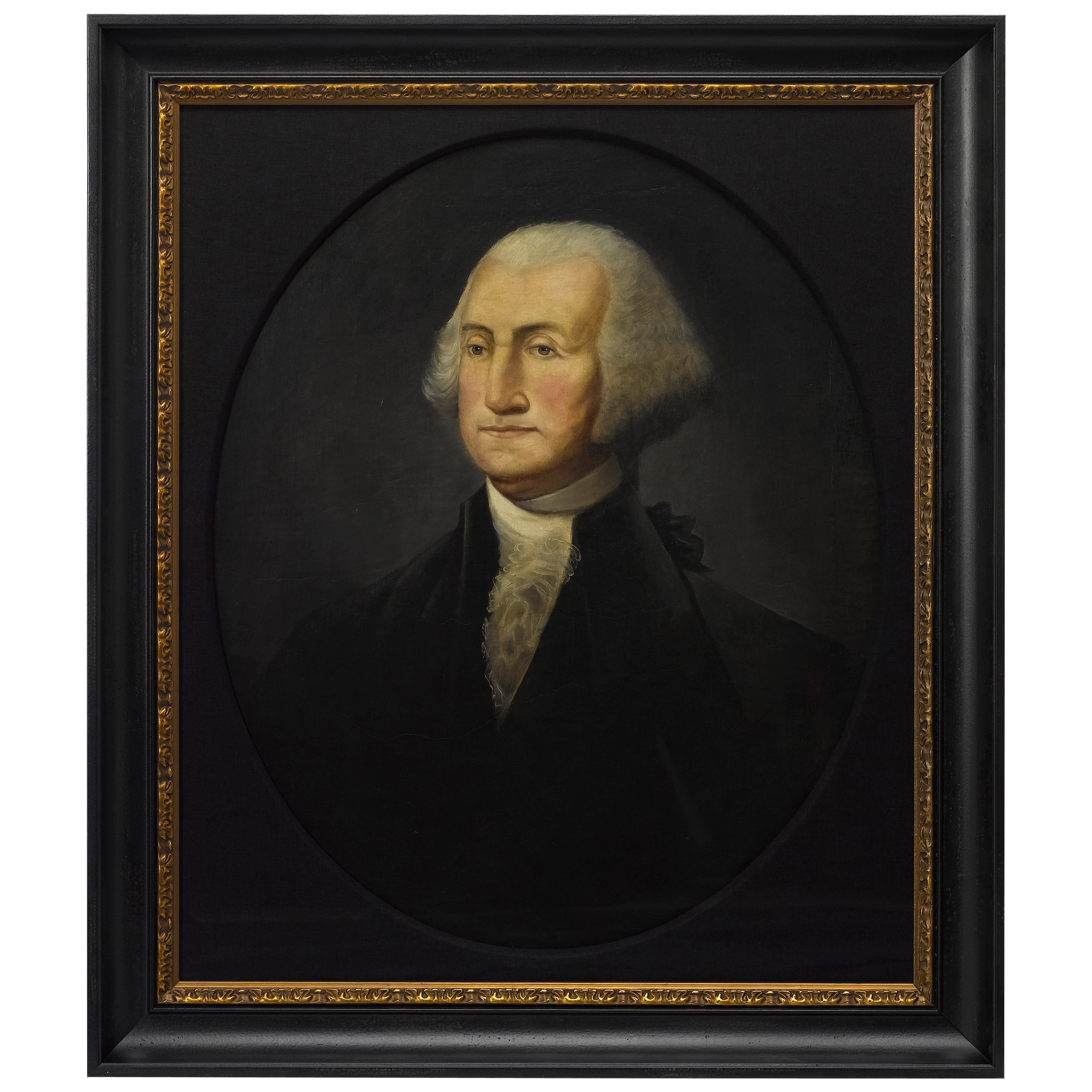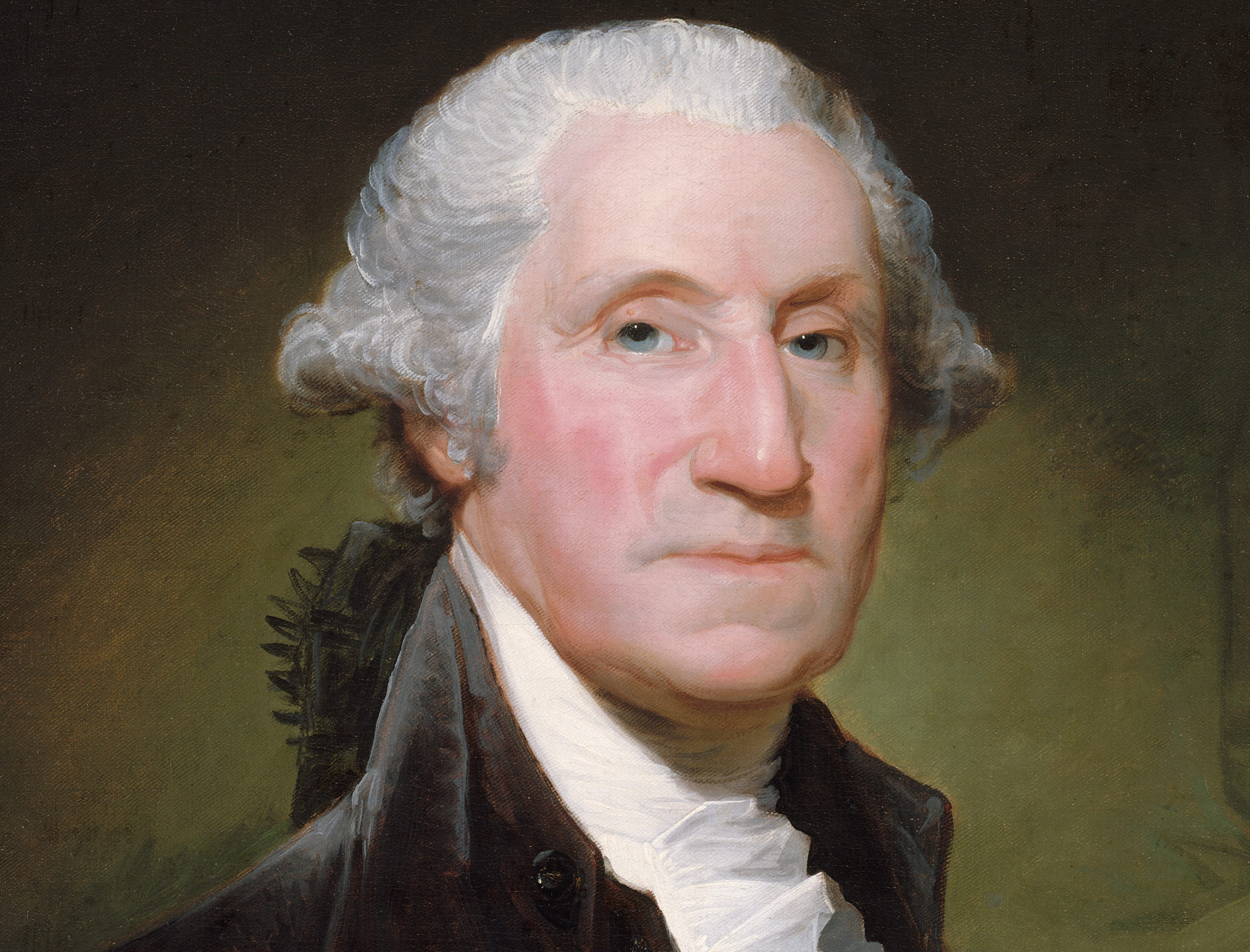

Focusing largely on artifacts associated with prominent public figures, the Society actively sought to add to its holdings objects of art, literature, natural history, and theology. In 1852 the Wisconsin Historical Society commissioned this copy of Stuart's original by accomplished painter Thomas Sully, and it is recognized as the first important painting in the public collection of the state of Wisconsin.Īs highly educated gentlemen who held their ancestors' history in the highest esteem, the founders of the Wisconsin Historical Society strove from the time of the Society's founding in 1846 to build a collection that would rival that of even the more established Eastern historical societies. One of the most famous of these depictions is the Athenaeum Portrait, an unfinished study painted by renowned American portraitist Gilbert Stuart in 1796, a copy of which is featured here.Īs one of the last portraits done of Washington from life, Stuart and other artists used it as inspiration for subsequent 19th-century portraits when the country cherished all things related to Washington.

View the original source document: WHI 35Ĭopy of Gilbert Stuart's portrait of George Washington painted by Thomas Sully, 1854.įrom the ubiquitous portrait on the classroom wall to the dollar bills in our pockets, images of President George Washington are some of the most recognizable symbols of American history. This cased tintype dates to the late 1850s.

Lyman Copeland Draper led the effort to acquire paintings by nationally known artists for the young Wisconsin Historical Society. Currently several institutions have copies of the Washington portrait on glass, the Peabody Essex Museum, Salem, MA holds two copies, the Metropolitan Museum of Art in New York has one, with another in the Yale University Art Museum.Enlarge Lyman Copeland Draper, late 1850s

He eventually won the case, but it took over a year, and by then a majority of the Chinese copies were dispersed. In an early case of copyright infringement, Gilbert Stuart took John Sword to court to halt the distribution of the reverse glass copies. Upon his return to the United States in 1802, Swords took advantage of the craze of Washington imagery following the first president's death in 1799, selling the Chinese reproductions to patriotic Americans. Upon his arrival in Guangzhou, Sword commissioned a hundred reproductions of the Stuart original, but employing the Guangzhou-based artists to use the reverse glass painting technique, with large sheets of imported European glass as the canvas. This reverse glass depiction of George Washington was likely based on a Gilbert Stuart (1755-1828) oil portrait brought to Guangzhou in 1798 by Captain John Sword-who purchased the original from Stuart himself. Hong Kong, Hong Kong Maritime Museum, December 2019-April 2019, The Dragon and the Eagle: American Traders in China A Century of Trade 1780-1900, no. Reverse painting on glass, in the original frame with original backing board.Ģ8 5/8 x 21 1/2in (72.7 x 54.6cm) 34 x 26 5/8in (86.4 x 67.7cm) including frame Footnotes


 0 kommentar(er)
0 kommentar(er)
